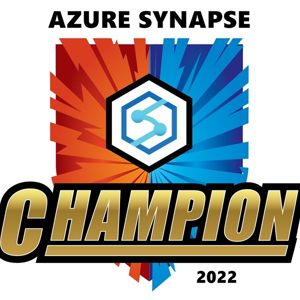Hi BHVS,
Thanks for reaching out to Microsoft Q&A.
The key is to start with a small pilot migration to prove viability, allow staff training, and create a repeatable migration process. Azure Synapse Pathway is recommended for migrating schemas and code, while tools like Hevo Data or PolyBase can be used for data migration. Careful planning upfront is critical to a successful migration.
Migrating from Azure Synapse Analytics to Microsoft Fabric involves several steps and considerations. Here’s a structured approach to help you with the migration:
- Assess the Current Environment: Inventory and Dependencies:
- List all databases, tables, stored procedures, and other database objects in your Synapse dedicated pool.
- Identify dependencies, such as data sources, ETL processes, linked services, and pipelines.
- Plan the Migration by choosing the Right Tools:
- Azure Data Factory (ADF) / Synapse Pipelines: For ETL and data movement.
- Database Migration Service (DMS): To facilitate schema and data transfer.
- Data Export/Import: Using tools like BCP, SQL Server Management Studio (SSMS), or Azure Data Studio.
Define the Migration Strategy:
- Schema Migration: Transfer the database schema to Fabric.
- Data Migration: Move data from Synapse to Fabric.
- ETL/ELT Pipelines: Migrate and/or rebuild ETL/ELT processes.
- Testing: Validate data integrity and application functionality in the new environment.
- Schema Migration
Export Schema:
- Use SSMS or Azure Data Studio to generate scripts for database schema, including tables, indexes, views, and stored procedures.
Modify Scripts for Fabric:
- Adjust any platform-specific features or configurations to be compatible with Fabric.
Deploy Schema to Fabric:
- Execute the modified scripts in the Fabric environment.
- Data Migration
Choose Data Transfer Method:
- Bulk Copy (BCP): For large datasets.
- ADF/Synapse Pipelines: For structured, controlled data migration.
- PolyBase: If Fabric supports it, use for direct data transfer between Synapse and Fabric.
Data Transfer:
- Migrate data in batches to minimize downtime and handle large volumes efficiently.
- ETL/ELT Pipeline Migration
Recreate Pipelines:
- Rebuild ETL/ELT pipelines in Fabric using Fabric-native tools.
- If using ADF, reconfigure existing pipelines to point to the new Fabric environment.
Test Pipelines:
- Run test jobs to ensure data is processed and loaded correctly.
- Validation and Testing
Data Validation:
- Verify data integrity by comparing data in Synapse and Fabric.
- Use checksums or row counts to ensure completeness.
Application Testing:
- Test all applications and services that depend on the database.
- Perform performance testing to ensure the new environment meets required SLAs.
- Cutover
Final Data Sync:
- Perform a final data sync to ensure the latest data is available in Fabric.
- Minimize downtime by scheduling the final sync during a low-usage period.
Switch Applications:
- Update application connection strings to point to the Fabric database.
- Monitor application performance and functionality closely after the switch.
- Post-Migration
Monitoring and Optimization:
- Continuously monitor the new environment for performance and stability.
- Optimize database and query performance as needed.
Documentation:
- Document the migration process, configurations, and any changes made.
- Update operational procedures and runbooks.
Please 'Upvote'(Thumbs-up) and 'Accept' as an answer if the reply was helpful. This will benefit other community members who face the same issue.

